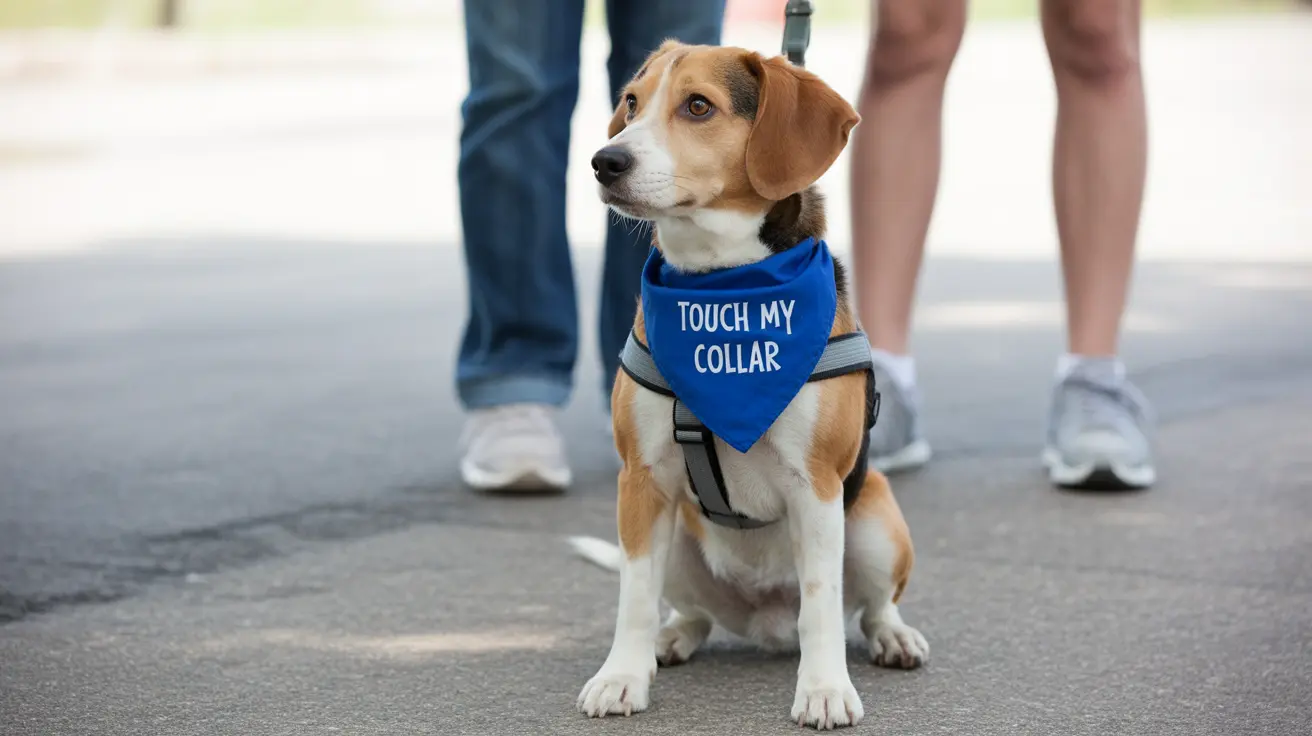Understanding the Safest Antifungal for Dogs: Ketoconazole
When it comes to treating fungal infections in dogs, safety and efficacy are essential. Among the available options,
Ketoconazole stands out as one of the most commonly used antifungal medications. While no drug is entirely free of risk, ketoconazole is widely considered
safe when used under veterinary supervision, especially for managing skin and ear infections.
What Is Ketoconazole?
Ketoconazole is a
broad-spectrum antifungal medication used to treat various fungal and yeast infections in dogs, including:
- Malassezia dermatitis (yeast skin infections)
- Ringworm (dermatophytosis)
- Systemic infections like blastomycosis and histoplasmosis
- Coccidioidomycosis (Valley Fever)
- Candidiasis and aspergillosis
Forms and Administration
Ketoconazole is available in multiple formulations suitable for different types of infections:
- Oral tablets – typically used for systemic infections
- Compounded oral liquids or capsules
- Topical forms – include creams, ointments, lotions, gels, sprays, shampoos, mousses, wipes, and ear washes
How Ketoconazole Works
Ketoconazole works by
inhibiting key enzymes in fungal cells, interrupting the production of the cell wall. This action halts fungal growth and, over time, can kill the organism. It also has the secondary effect of
suppressing steroid hormone production and slowing drug metabolism, which can be beneficial in dogs with certain conditions like Cushing's disease.
Dosage and Treatment Duration
Correct dosage and administration are crucial:
- Standard dosing: 10 mg/kg orally once or twice daily
- Always follow veterinary instructions for dosing and duration
- Treatment duration: 2–4 weeks for skin infections; up to several months for systemic infections
- Give tablets with high-fat food to enhance absorption
- Avoid combining with antacids or H2 blockers
Missed Doses
If a dose is missed, administer it as soon as remembered unless it’s nearly time for the next one. Never double dose without veterinary instruction.
Monitoring and Safety
Dogs on long-term ketoconazole therapy should undergo regular monitoring:
- Liver enzyme levels
- Platelet counts
- Clinical symptoms of side effects
Common Side Effects
While generally safe, ketoconazole may cause:
- Vomiting, diarrhea, loss of appetite
- Nausea, weight loss
- Lightening of hair color
- Skin irritation or itching
- Lethargy, incoordination
Rare but serious adverse effects include:
- Liver toxicity
- Behavioral changes
- Temporary infertility in males
- Cataracts (long-term exposure)
Drug Interactions
Ketoconazole can interact with many medications, such as:
- Cyclosporine
- Corticosteroids
- Antibiotics (e.g., ciprofloxacin)
- Antidepressants (e.g., amitriptyline, trazodone)
- Antacids and H2 blockers
- Warfarin and other blood thinners
Always provide your veterinarian with a full list of your dog’s medications and supplements.
Contraindications and Cautions
In some cases, ketoconazole should be avoided:
- In cats, due to higher risk of liver toxicity
- In dogs with pre-existing liver disease
- In pregnant or nursing dogs
- In dogs with low platelet counts
- In dogs intended for breeding
Topical Ketoconazole
Ideal for
superficial yeast and fungal infections, especially on the skin or in the ears:
- Usually present in veterinary shampoos at 1%
- May be combined with chlorhexidine or acetic acid
- Apply and let sit for 10–20 minutes before rinsing
- Prevent ingestion by discouraging licking
Storage and Overdose
Store at room temperature, away from moisture and light. Signs of overdose include:
- Severe vomiting
- Loss of appetite
- Lethargy
- Jaundice and liver failure (rare)
Seek emergency veterinary care if an overdose is suspected.
Prognosis and Efficacy
Most dogs respond well to treatment, particularly with mild infections. Though side effects are uncommon, routine monitoring ensures continued safety. Immediate veterinary consultation is necessary if severe symptoms develop.
Note: Always complete the full course of treatment as advised to prevent relapse or treatment failure.
Conclusion
Ketoconazole is a safe and effective antifungal treatment for many common fungal infections in dogs when prescribed and monitored correctly. Its multiple formulations make it versatile for a variety of conditions. By adhering closely to veterinary guidance, pet owners can manage fungal infections effectively while minimizing risks.





